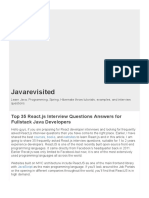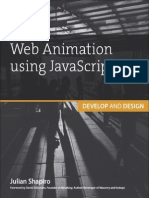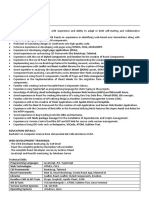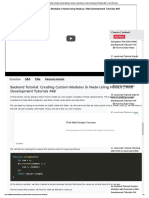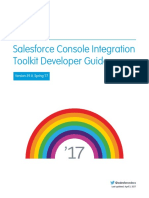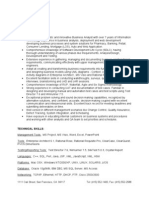0% found this document useful (0 votes)
44 views5 pagesMernstack Interview QA
The document provides a comprehensive overview of MERN Stack, which includes MongoDB, Express.js, React.js, and Node.js, detailing the role of each component. It covers key concepts in React such as JSX, components, state management, and routing, as well as backend topics like Express.js routing, middleware, and REST API creation. Additionally, it discusses performance optimization techniques and best practices for structuring a MERN project.
Uploaded by
bharwads479Copyright
© © All Rights Reserved
We take content rights seriously. If you suspect this is your content, claim it here.
Available Formats
Download as PDF, TXT or read online on Scribd
0% found this document useful (0 votes)
44 views5 pagesMernstack Interview QA
The document provides a comprehensive overview of MERN Stack, which includes MongoDB, Express.js, React.js, and Node.js, detailing the role of each component. It covers key concepts in React such as JSX, components, state management, and routing, as well as backend topics like Express.js routing, middleware, and REST API creation. Additionally, it discusses performance optimization techniques and best practices for structuring a MERN project.
Uploaded by
bharwads479Copyright
© © All Rights Reserved
We take content rights seriously. If you suspect this is your content, claim it here.
Available Formats
Download as PDF, TXT or read online on Scribd
/ 5



























